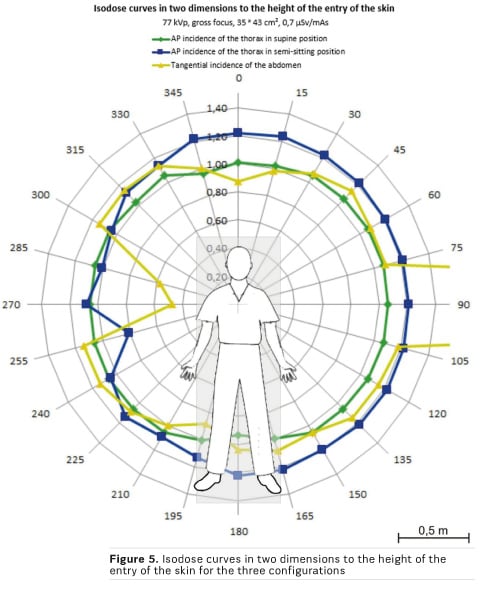

There are steps you can take to prevent or reduce radiation exposure: You may also get treatments for your symptoms. If you were exposed to certain types of radiation, your provider may give you a treatment that limits or removes the contamination that is inside your body. Some people may need treatments that help the bone marrow recover its function. Treatment focuses on reducing and treating infections, preventing dehydration, and treating injuries and burns. They also try get more information about the exposure, such as what type of radiation it was, how far away you were from the source of the radiation, and how long you were exposed. They will ask about your symptoms, do blood tests, and may use a device that measures radiation. What are the treatments for acute radiation sickness?īefore they start treatment, health care professionals need to figure out how much radiation your body absorbed. But it can slightly increase your overall risk of cancer. In some cases, ARS causes death in the following days or weeks.Įxposure to low levels of radiation in the environment does not cause immediate health effects. How soon they get sick again, which symptoms they have, and how sick they get depends on the amount of radiation they received.

Those symptoms will go away and the person will seem healthy for a little while. The symptoms of ARS include headache and diarrhea. It may also lead to acute radiation syndrome (ARS, or "radiation sickness").
REVERSE EXPOSURE X RAY SKIN
Infants, children, older adults, pregnant women, and people with compromised immune systems are more vulnerable to health effects than healthy adults.īeing exposed to a lot of radiation over a short period of time, such as from a radiation emergency, can cause skin burns. A fetus is most vulnerable to the effects of radiation.

Other sources are man-made, such as x-rays, radiation therapy to treat cancer, and electrical power lines. Background radiation can also come from outer space and the sun. These radioactive minerals are in the ground, soil, water, and even our bodies. Most of it forms naturally from minerals. What are the sources of radiation exposure?īackground radiation is all around us all the time. Ionizing radiation, which includes ultraviolet radiation, radon, x-rays, and gamma rays.Non-ionizing radiation, which includes radio waves, cell phones, microwaves, infrared radiation and visible light.Radiation can occur naturally or be man-made. It travels in the form of energy waves or high-speed particles. Taking care to ensure that the patient is properly instructed and immobilized also reduces the chance of having to repeat the procedure and expose the patient to more radiation.Radiation is energy. The most effective way to protect patients from unnecessary radiation is to restrict the radiation beam by using proper collimation. The protective lead shielding used to cover the thyroid and thymus glands can also assist in immobilizing pediatric patients. Infants and children should be protected from radiation by shielding the thyroid and thymus glands and the gonads. Nonetheless, shielding the abdomen of a pregnant woman is recommended by the authors of this atlas.
REVERSE EXPOSURE X RAY PROFESSIONAL
In this chapter ( with a few exceptions), because of central ray angulations, radiation shielding of the patient is not specified or illustrated because the professional community and the federal government have reported that a lead shield over the patient’s pelvis does not significantly reduce gonadal exposure during radiography of the facial bones. Protection of the patient from unnecessary radiation is a professional responsibility of the radiographer (see Chapter 1 for specific guidelines).


 0 kommentar(er)
0 kommentar(er)
